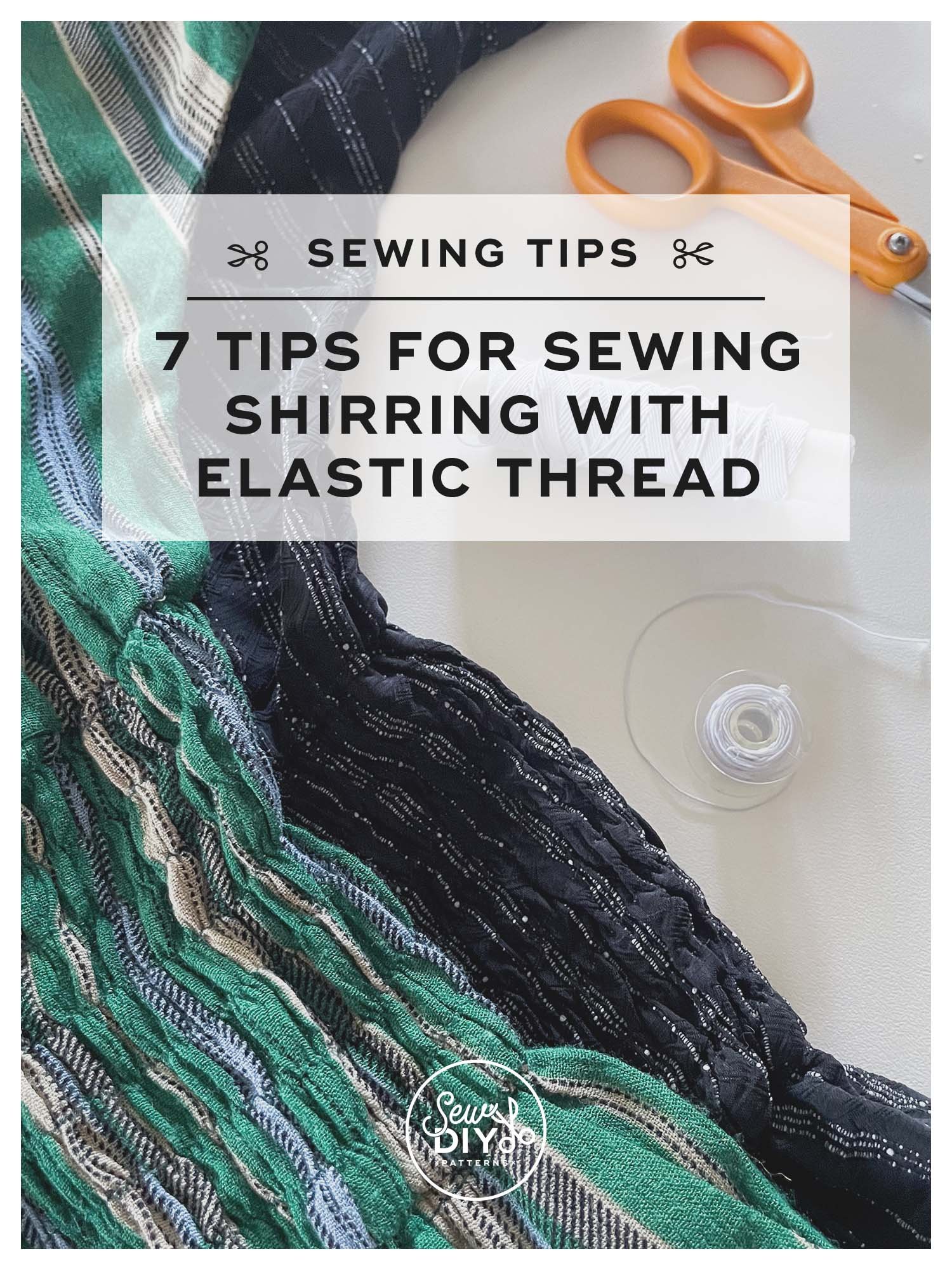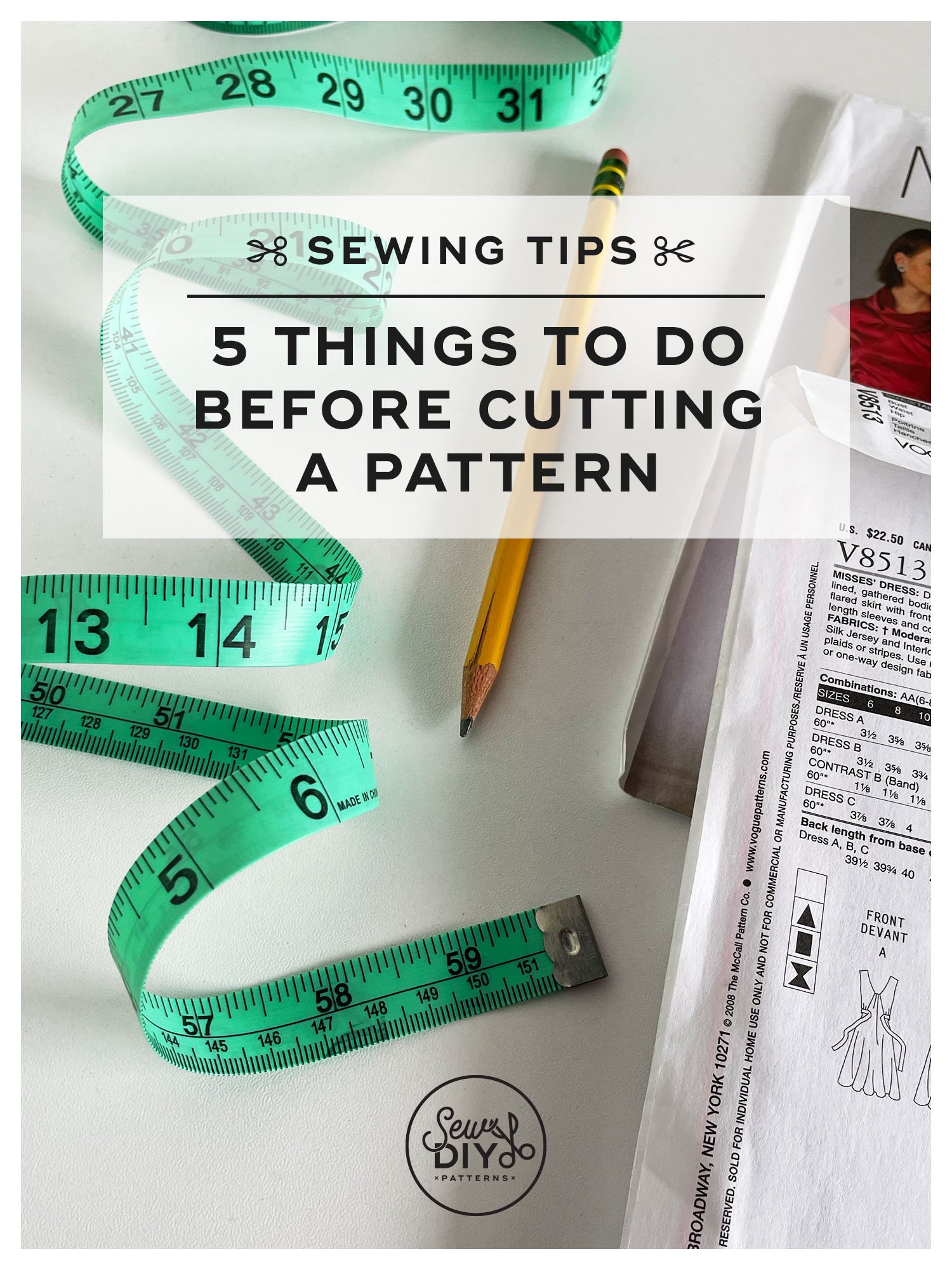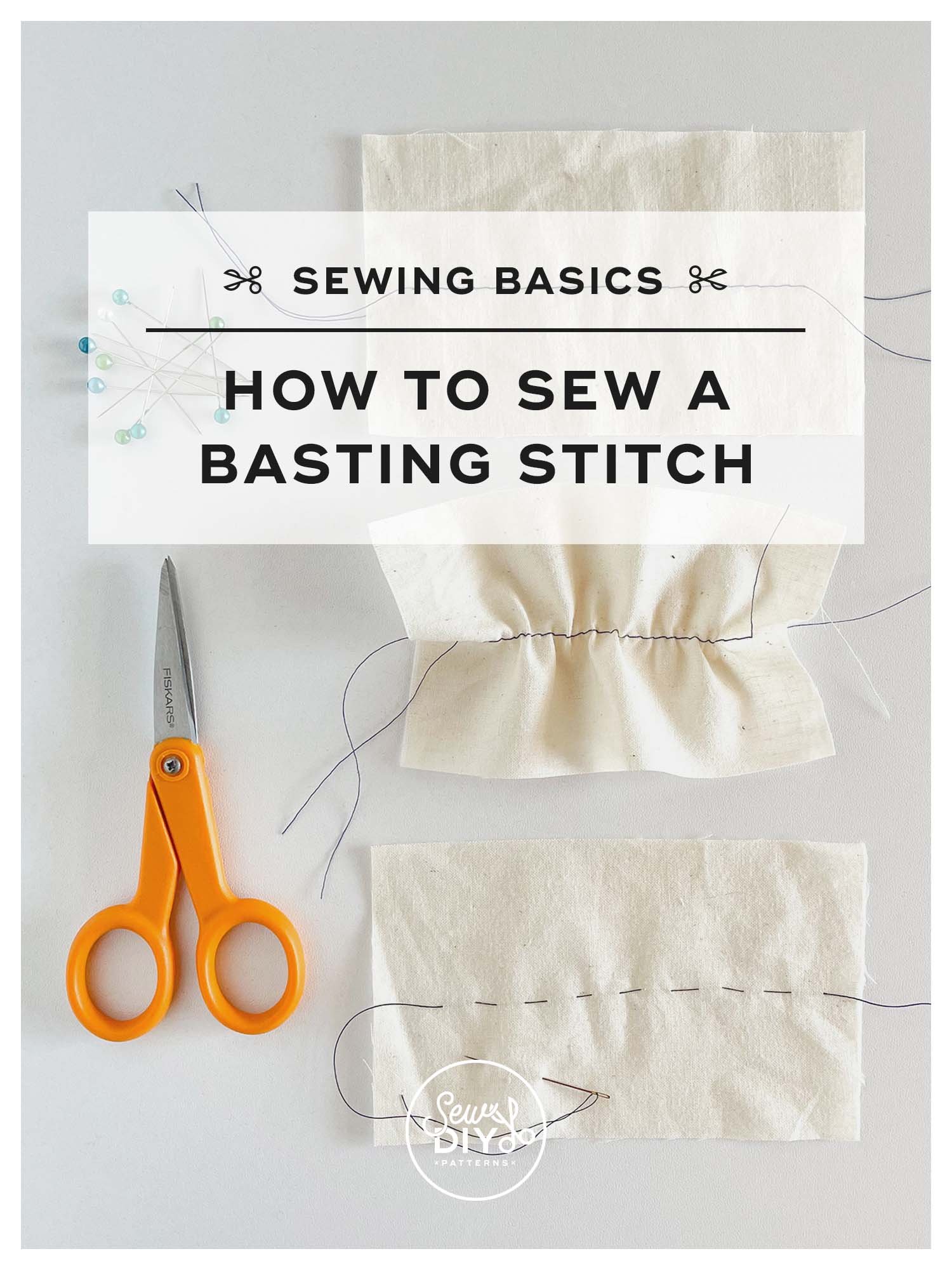Pins are one of the most commonly used sewing tools and it's important to know how to use them safely and effectively. When you combine sharp, pointy pins with the quick movement of your sewing machine and the knife of a serger, there's a potential for things to go awry. The danger is pretty low but it's always better to take precautions and prevent an injury to yourself and your tools. I learned these simple methods for using pins when I took sewing classes years ago and I still use them every time I sew. Of course, everyone will have their preferred methods but if you are just starting out sewing, I highly recommend learning and implementing proper safety techniques from the beginning.
5 TIPS FOR USING PINS SAFELY WHILE SEWING
1) How to use pins with a conventional machine
Line up the raw edges of your fabric and insert the pins perpendicular to the edge with the head of the pin sticking to the right. (I know that this method favors the right-handed sewist but there are a couple of advantages to it.) First, as you sew, you’ll be able to quickly remove the pins before they reach the needle without disturbing the fabric. If you haven’t learned how to remove pins as you sew, it’s worth practicing. You may have to slow down or even stop the machine as you approach a pin. Of course you can sew over pins, but on occasion the needle will hit a pin. At a minimum, you’ll have a damaged pin. But you could also break the needle and damage your fabric.
The second reason to position the pins with the heads out is that the pins are less likely to scratch your skin. With the sharp ends of the pins sticking out they can easily graze your skin or snag your clothing as you move the fabric. When the sharp end is pointing in towards the fabric, the point is more likely to hit the fabric than your skin.
2) How to use pins with a serger
When sewing with a serger, place the pins outside of the seam allowance and align them parallel to the edge of the fabric. As you stitch, the pins will be to the left of the needles and knife. They will hold the fabric stable and you and your machine will be safe from accidents.
Tip: If you are sewing a striped knit and want to make sure your stripes are perfectly matched, baste the seams using your conventional machine before heading to the serger. When you are basting, insert a pin in each stripe and use a walking foot for even feeding. After basting, you won’t need to use any pins when serging.
3) Keep a magnet wand nearby
I keep my pins in a variety of dishes (I really like the small glass votive holders from IKEA as seen in the top photo) and everyone once in a while I knock a dish over. Pins go everywhere and I need to pick them up quickly before one gets stuck in my foot or my kitty decides the pins are something fun to chew on. So, next to my sewing table, I have a magnet wand that my grandmother gave to me years ago. It’s so easy and kind of fun to use. Just a quick sweep over the floor and under the furniture picks up all the pins with a minimum of pricks. Even if it's dark or the pins are hard to reach, the magnetic wand will be able to grab them. It's also really great if you have thick carpet in which pins can become lost. There are also magnetic pin dishes that you can try.
4) Invest in glass head pins
I really like pins that have a ball head because they are easier to pick up and easier to see when they fall on the floor. The only drawback is that most of them have plastic heads which can be melted by an iron. So you can be very, very careful with your iron, or buy glass head pins that will withstand the heat of the iron.
5) Don’t put pins in your mouth
It can be really tempting (and convenient!) to hold pins in your mouth but it’s just not something to get in the habit of doing. First off there’s the germ factor and second there’s a risk of inhaling a pin. Scary!! (I’ve heard there are videos online but I’m way too scared to look them up.)
Do you have any safety tips for using pins? Or favorite pin-related tool? Let me know in the comments.



















